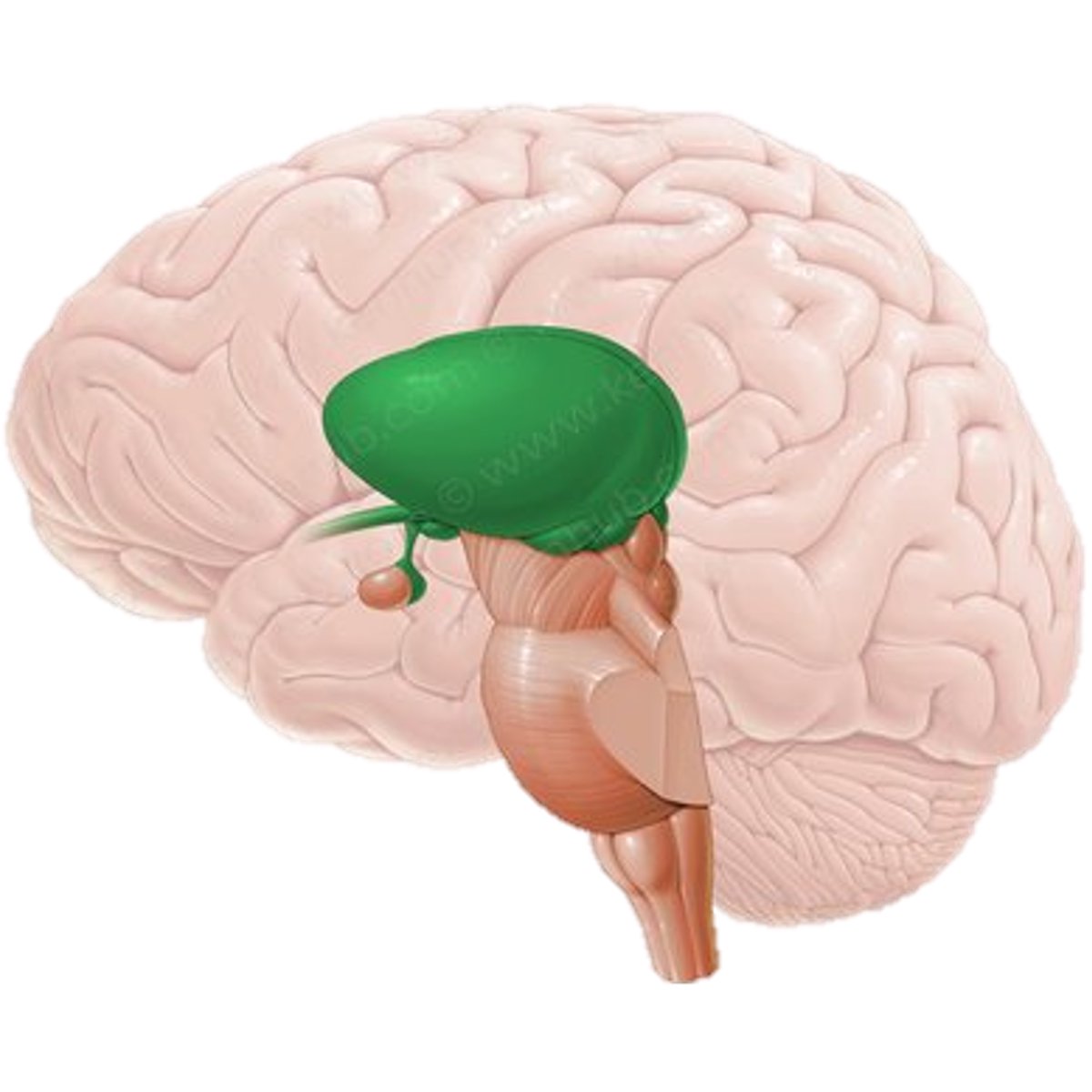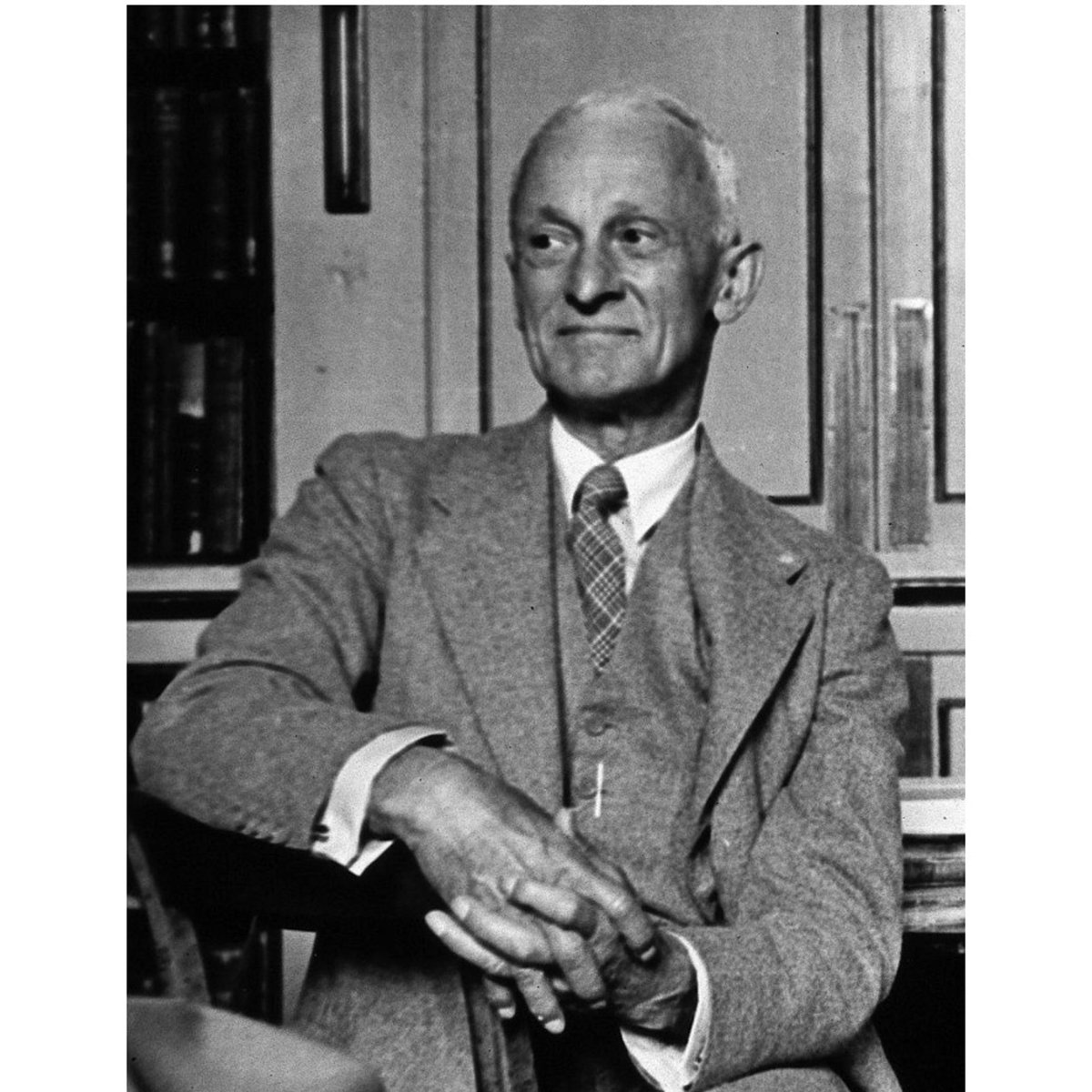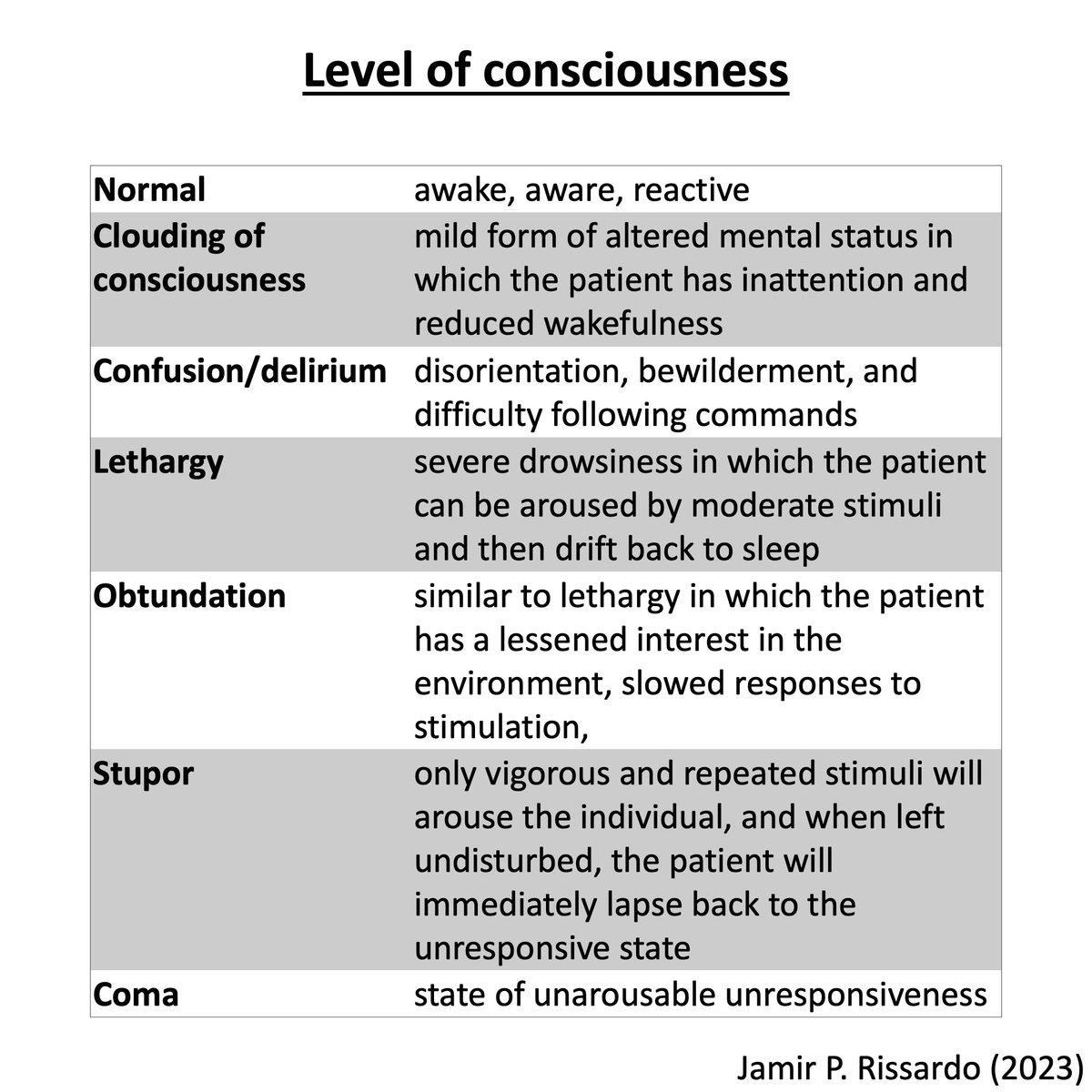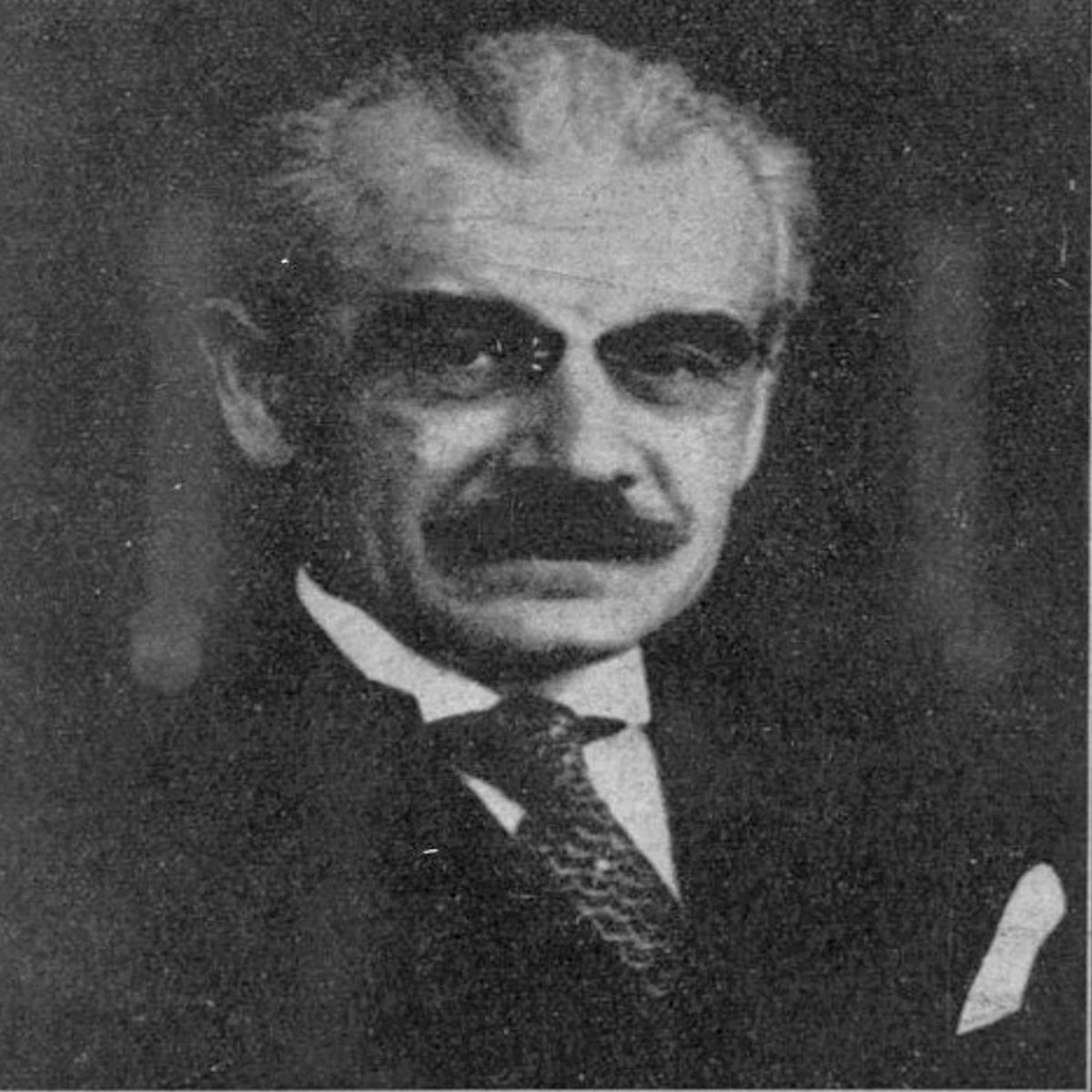Paroxysmal Movement Disorders!
Dyskinesias!!!
- 4 groups, overlap
- Prevalence: 1/150 000
- Myoclonus, dystonia, chorea, athetosis, tics
#MedTwitter #neurotwitter #EndNeurophobia #movementdisorder
1/
Dyskinesias!!!
- 4 groups, overlap
- Prevalence: 1/150 000
- Myoclonus, dystonia, chorea, athetosis, tics
#MedTwitter #neurotwitter #EndNeurophobia #movementdisorder
1/

First report of paroxysmal dyskinesia
1892 by Shuzo Kure, Japanese psychiatrist (1865-1932).
Referred to as atypical Thomsen’s disease (Myotonia congenital)
2/
1892 by Shuzo Kure, Japanese psychiatrist (1865-1932).
Referred to as atypical Thomsen’s disease (Myotonia congenital)
https://twitter.com/MichaelOkun/status/1555230645399478274
2/

Kinesigenic
-Precipitated by sudden voluntary movement
-Most common paroxysmal movement disorders
-Multiple attacks, frequency up to 100/day
-Attacks are brief, seconds
-Antiepileptic drug responsiveness
ja.ma/3CJAhFv via @JAMANeuro
3/
-Precipitated by sudden voluntary movement
-Most common paroxysmal movement disorders
-Multiple attacks, frequency up to 100/day
-Attacks are brief, seconds
-Antiepileptic drug responsiveness
ja.ma/3CJAhFv via @JAMANeuro
3/
Kinesigenic
4/
4/
NON-Kinesigenic
- Precipitated by alcohol, fatigue, caffeine, strong emotion
- Onset childhood
- Multiple attacks, frequency 2-3/day
- Duration: minutes to hours
- Avoid triggers, benzo responsive
- NO antiepileptics responsiveness
ja.ma/3CJEol2 via @JAMANeuro
5/
- Precipitated by alcohol, fatigue, caffeine, strong emotion
- Onset childhood
- Multiple attacks, frequency 2-3/day
- Duration: minutes to hours
- Avoid triggers, benzo responsive
- NO antiepileptics responsiveness
ja.ma/3CJEol2 via @JAMANeuro
5/
Exercise-induced
- Precipitated by a prolonged or sustained exercise
- Onset childhood
- Attacks: 2-5 min (up to 2 hours), stop within 10 min after stopping exercise
- Most common presentation dystonia
- Relationship: Young-onset PD, GLUT1 def, DYT 9& 18
- Restrict exercise
6/
- Precipitated by a prolonged or sustained exercise
- Onset childhood
- Attacks: 2-5 min (up to 2 hours), stop within 10 min after stopping exercise
- Most common presentation dystonia
- Relationship: Young-onset PD, GLUT1 def, DYT 9& 18
- Restrict exercise
6/
Hypnogenic
- Is this a real paroxysmal movement disorder?
- Attacks occur during Non-REM sleep
- Many attacks < 1 min, can be indistinguishable from frontal lobe epilepsy
- Dystonic posturing, ballistic or choreic movements, without ictal EEG abnormalities
- ADCY-5 mutation!
9/
- Is this a real paroxysmal movement disorder?
- Attacks occur during Non-REM sleep
- Many attacks < 1 min, can be indistinguishable from frontal lobe epilepsy
- Dystonic posturing, ballistic or choreic movements, without ictal EEG abnormalities
- ADCY-5 mutation!
9/
Summary
Kinesigenic: ⬆️⬆️⬆️ attacks/day; seconds; response AED
NON-Kinesigenic: ⬆️ attacks/day; minutes; non-response AED
Exercise-induced: exercise
Hypnogenic: ???
10/
Kinesigenic: ⬆️⬆️⬆️ attacks/day; seconds; response AED
NON-Kinesigenic: ⬆️ attacks/day; minutes; non-response AED
Exercise-induced: exercise
Hypnogenic: ???
10/
• • •
Missing some Tweet in this thread? You can try to
force a refresh
















